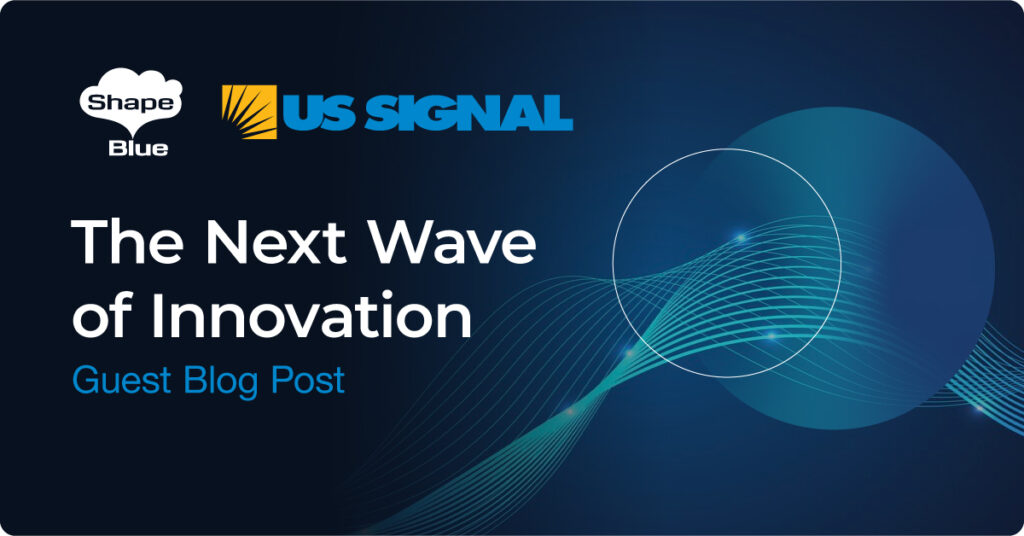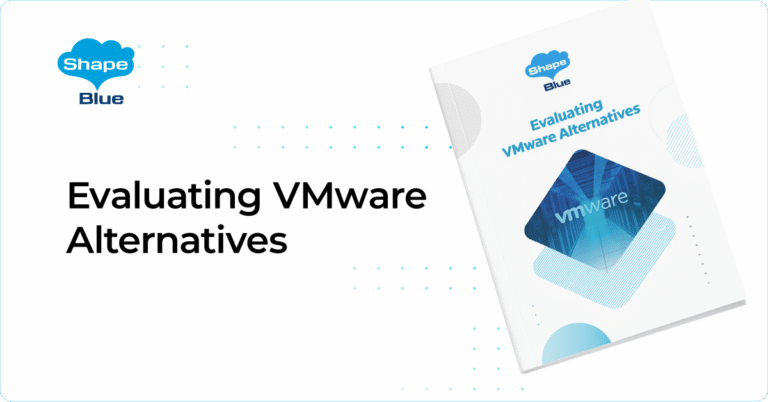The Next Wave of Innovation – Guest Blog Post by John White, COO, US Signal

Great technologists aren’t just reactive—they’re ahead of the curve, anticipating shifts that drive real innovation. In this guest post, ShapeBlue welcomes insights from John White, a seasoned technologist with a keen eye for game-changing trends. Under his leadership, US Signal has embraced open-source technology to transform how businesses operate, eliminating vendor dependencies and creating more […]



